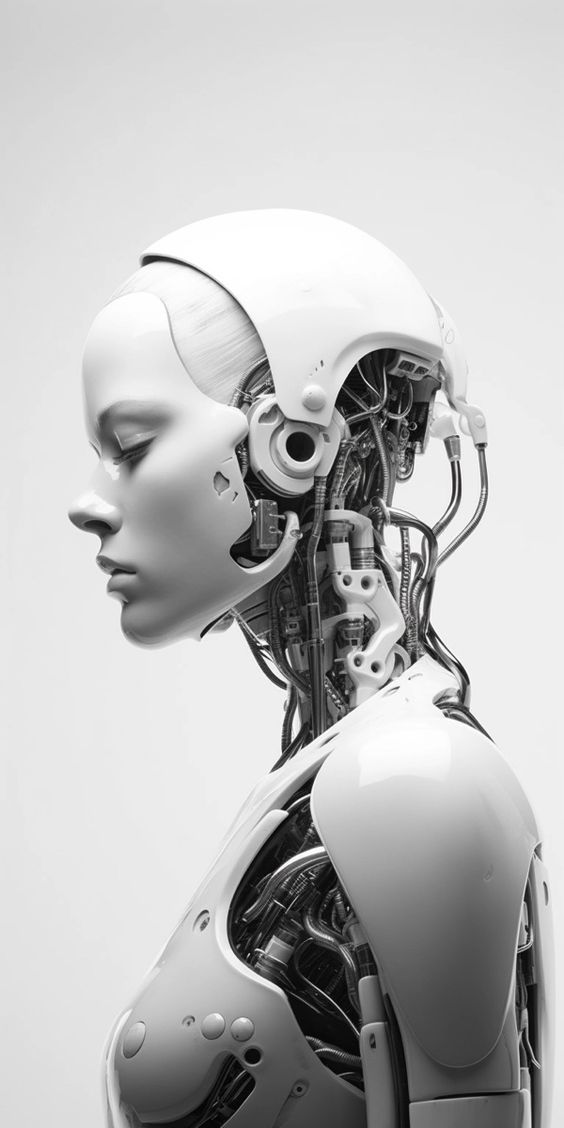

What is death tech, how is this field evolving right before our eyes, and what breakthroughs might completely transform the future of society?
It can be confidently stated that as of today, digital and various technologies encompass virtually all spheres of our lives. And even more so. We have already moved beyond mere realities and have transitioned to existential questions, specifically to the inevitability of human death, including the first attempts to make human life eternal.
Let’s start with the concept of “death studies” in the scientific world. This encompasses research conducted globally, as well as academic work on the topic of death, the processes of preparing for it, funerals, and the culture of mourning. Over the past 100 years, much has changed in how we perceive this topic, and innovations have only facilitated this process. However, one thing has remained constant: the death of a loved one can be a very traumatic event for anyone. Like any other industry, the death industry is not static; it is continuously seeking ways to ease the burden on grieving individuals at various levels. Over time, startups operating at the intersection of this field and technology have formed the death tech industry as a distinct sector.
One of the well-known companies in this field is Farewill, which has British roots. Having operated in the market for nearly six years, they raised €22.1 million last year under the leadership of the international venture capital firm Highland Europe. This success is attributed to their platform, which allows you to write an online will in just 15 minutes, organize a funeral or cremation quickly, and have the deceased’s ashes delivered to the desired location.
It’s also worth mentioning the American startup Everdays, which ensures everyone can plan their “farewell party” in advance. On a more serious note, their brand offers a free life planning journal to share memories, wishes, and advice with loved ones, along with several service packages that allow for the swift and early planning of funeral ceremonies.
The list of such companies is extensive, including those that help cancel all subscriptions of the deceased with a few clicks, handle posthumous payments, offer various burial methods, and even create diamonds from ashes.
Social media has not been left out either. When someone passes away, there are two main options for handling the deceased’s accounts: deletion or memorialization. In the first case, the account and all its information are permanently deleted. Some social networks offer another solution, where the user’s pages are given a memorial status. The account remains open for visits and messages but is more restricted in terms of general search and visibility. For instance, Facebook and Instagram offer users both options to choose from.
Technological progress has also impacted burials, which have long become a global issue. The lack of burial space, especially in densely populated cities, has led to new types of graves. These can now be locations in high-rise buildings specifically constructed for burials. A globally known high-tech cemetery called Ruriden exists in Japan. It looks like a high-rise building but is actually a repository for urns with ashes. Visitors can use a smart card to enter the building, which houses around 2,000 glass Buddha statues. Upon activating the card, the “grave” of a loved one is illuminated with a color that distinguishes it from the others. The ashes can be stored there for 33 years, after which they are buried in the ground. However, it’s clear that innovations in the death industry have not stopped there.
Over time, the Death Tech industry has made an impressive leap, bringing us to the brink of digital immortality. This concept involves preserving a person’s identity on digital media in such a way that the copy can think, react, and behave like the deceased. This effect can only be achieved based on the information collected during the person’s lifetime—chats and email correspondence, photos, audio and video files, diaries, and so on. Essentially, any digital trace left by the individual. The ways to embody the deceased can vary.
One method is through a chatbot. The idea is to fill an AI-based chatbot with diverse information about the person. The more information, the better, including various sources, additional files, and ongoing correspondence.
Back in 2016, Californian journalist James Vlahos created a chatbot in Facebook Messenger to memorialize his father. Diagnosed with terminal lung cancer, and understanding that time was limited, James compiled an oral history of his father’s entire life. As a result, the chatbot could recount various facts about his father’s biography, answer different questions, and more. Later, he created a text version of Siri called “Dadbot” and continued to explore the field of digital copies. Eventually, Vlahos co-founded HereAfter. This startup focuses on creating interactive chatbots based on the recorded life stories of deceased individuals.
There are also examples from the CIS countries. Moscow reviewer Eugenia Kuyda created a digital copy of her friend after his death, using all the information she had collected over years of communication. Like Vlahos, she went further—this led to the creation of the app Replika, which offers users the chance to create a digital alter ego in various roles: friend, personal assistant, or romantic partner. The chatbot needs constant development through ongoing interaction.
Another similar app is Eterni.me. Its mission is to create a network of AI avatars that help preserve the thoughts, stories, and memories of loved ones for a lifetime. According to international media, the app is still in the testing phase.
Another approach is creating a copy of a person in virtual reality. However, this is a very complex and expensive option. Photos and videos are essentially applied to a recreated 3D model. As for the voice, there are also technologies that allow for the restoration of any voice. In 2020, a news story about the documentary “Meeting You” by the South Korean TV company MBC shocked many people worldwide. In the film, a mother who lost her daughter to leukemia met her again in virtual reality. The digital recreation took eight months. During this time, the team managed to completely replicate the girl’s appearance and voice. During the meeting, the mother spent time with her child, could talk to her, and even touch her. And if you think this is the limit of human endeavors to recreate the deceased using technology, you are mistaken. Next, we move on to the creation of brain emulation. What does this mean?
The concept of brain emulation or mind uploading was first mentioned in the mid-20th century. Essentially, it involves scanning the brain from the inside—neurons and the synapses that connect them. This process creates an extremely accurate 3D rendering (connectome) that can be transferred to computational devices. Such an example already exists, although the model was based on a worm, which has only about 300 neurons in its brain, whereas a human has 86 billion. However, attempts are ongoing, and scientists around the world are actively working in this field to move the process of brain emulation forward.
As we can see, human imagination knows no bounds, and when technologies are involved, much becomes reality. Indeed, existential questions about death and life after death no longer seem as obscure, as the modern world begins to offer initial solutions. However, beyond the fact of “resurrecting” those who have departed to another world, another issue troubles scientists and experts on a global scale. Who will protect the personal data of deceased individuals, and how can we ensure their security, as well as the ethics of using digital copies at all levels of creation? These and many other questions await our answers. Nevertheless, progress will catch up with us sooner or later. This means that even Ukrainians and our businesses in many industries face a challenging process of transforming our attitudes toward death and future plans in every possible sense.



